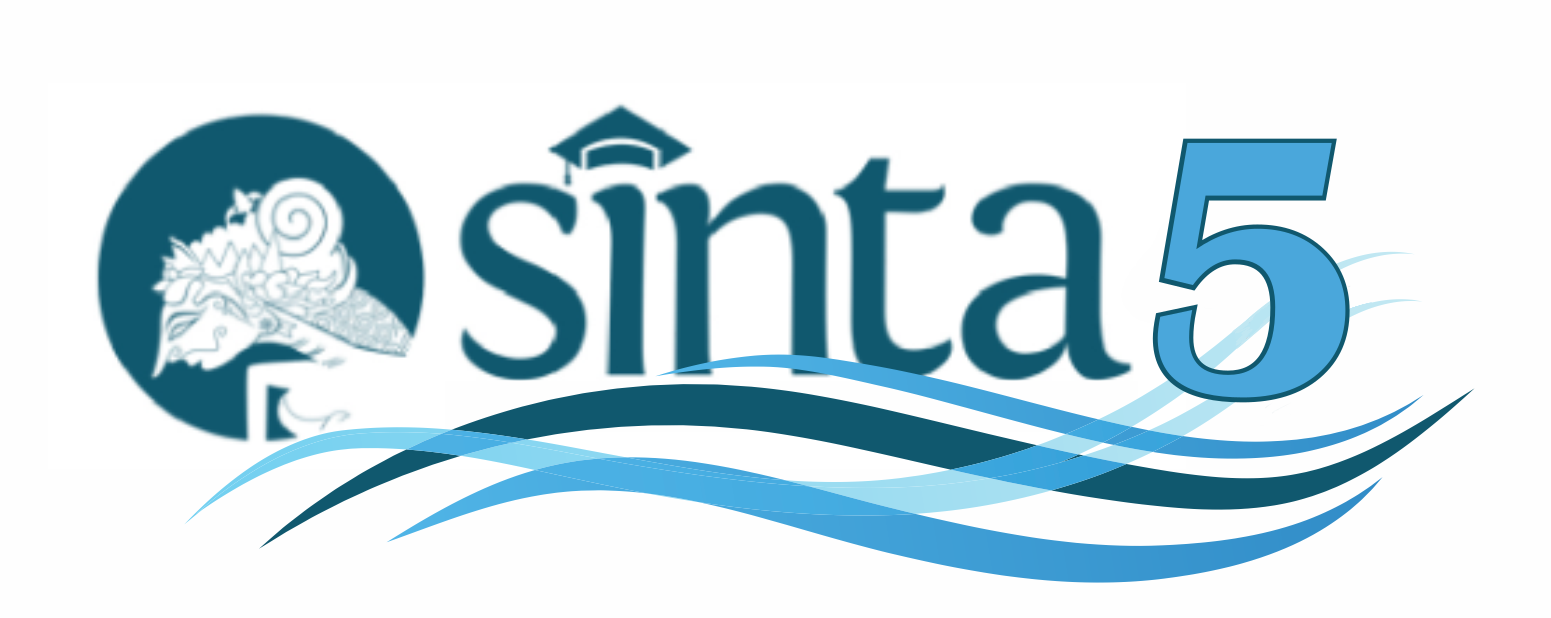Laju Sedimentasi Di Perairan Ekosistem Terumbu Karang Kampung Yakore Distrik Demta Kabupaten Jayapura
DOI:
https://doi.org/10.31957/acr.v4i1.1752Abstract
Sedimentation can be one of the factors that limit coral life because it can cover coral polyps, in high numbers it can even cause coral death. The purpose of this study was to determine the rate of sedimentation in the coral reef ecosystem and to determine the condition of coral reef cover in the waters of Kampung Yakore. This research was carried out from January to May 2021. The method used in this study was to collect sediment in a sediment trap for 14 days and the LIT (Line Intercept Transect) method to observe the condition of live coral cover. Data were collected at 3 stations at a depth of 3 m and 5 m. The results showed that the sedimentation rate in the waters of Kampung Yakore was moderate to very heavy where the highest sedimentation rate was at station 3 with a depth of 5 m. The sedimentation rate ranged from 30.28 – 67.74 mg/cm²/day at a depth of 3 m. Meanwhile, at a depth of 5 m, the sedimentation rate ranged from 68.30 – 133.21 mg/cm²/day. This shows that the sedimentation rate in the waters of Kampung Yakore is at a very heavy impact level. It is suspected that the high sedimentation rate is caused by the time when data collection is carried out during the rainy season so that the river discharge is getting bigger and carrying sediment to the sea. The percentage of live coral cover in the waters of Kampung Yakore was classified as "moderate" to "good" with percentages ranging from 39.28% - 71.76% at a depth of 3 m and ranging from 30.7% - 56.12% at a depth of 5 m. The highest percentage of the cover was at station 2 with a depth of 3 m, which was 71.76%.
Key Words:Â Sedimentation Rate;Â Coral Reef Ecosystem;Â Coral Cover;Â Yakore VIllage
Downloads
References
Ardiansyah, E.F., Hartoni, dan Litasari, L. 2013. Kondisi tutupan terumbu karang keras dan karang lunak di Pulau Pramuka Kabupaten Administratif Kepulauan Seribu DKI Jakarta. Maspari Journal, 5(2), 111-118.
Barus, B.S., Prartono, T. dan Soedarma, D. 2018. Keterkaitan sedimentasi dengan persen tutupan terumbu karang di perairan Teluk Lampung. Jurnal Ilmu dan Teknologi Kelautan Tropis, 10(1), 49-57.
Barus, B.S., Prartono, T. dan Soedarma, D. 2018. Pengaruh lingkungan terhadap bentuk pertumbuhan terumbu karang di perairan Teluk Lampung. Jurnal Ilmu dan Teknologi Kelautan Tropis, 10(3), 699-709.
Dahuri, R. 2001. Pendayagunaan Sumberdaya Kelautan Untuk Kesejahteraan Masyarakat. Jakarta: LISPI.
Dahuri, R. 2003. Keanekaragaman Hayati Laut. Jakarta: PT. Gramedia.
English, S.E., Wilkinson, C. and Baker, V. 1997. Survey Manual for Tropical Marine Resources 2nd edition. Townsville: Australian Institute of Marine Science.
Nurrahman, Y.A. dan Faizal, I. 2020. Kondisi tutupan terumbu karang di Pulau Panjang Taman Nasional Kepulauan Seribu, DKI Jakarta. Jurnal Akuatika Indonesia, 5(2), 27-32.
Pamuji, A., Muskananfola, M.R. dan A’in, C. Pengaruh sedimentasi terhadap kelimpahan makrozoobenthos di muara Sungai Betahwalang Kabupaten Demak. Jurnal Saintek Perikanan, 10(2), 129-135.
Paulangan, Y. P. 2020. Ekosistem Terumbu Karang di Teluk Depapre Kondisi dan Perspektif Pengelolaannya. Banyumas: CV. Pena Persada.
Rifardi. 2012. Ekologi Sedimen Laut Modern-Edisi Revisi. Pekanbaru: Unri Press.
Safitri, D. R. 2019. Distribusi Spasial Ikan Karang Berdasarkan Kondisi Terumbu Karang di Perairan Pulau Pari, Kepulauan Seribu. Skripsi. Universitas Jenderal Soedirman.
Supriharyono. 2007. Pengelolaan Ekosistem Terumbu Karang. Jakarta: Djambatan.
Tjakrawarsa, G., R. N. Adi., A. B. Supangat. 2014. Teknik Pengukuran Hasil Sedimen. Surakarta: Kementrian Lingkungan Hidup dan Kehutanan.
Wiyanto, D.B. 2016. Coral reef coverage percentage on Binor Paiton-Probolinggo seashore. Journal of Marine and Aquatic Sciences, 2(2016), 6-10.
Downloads
Published
Issue
Section
License
Authors who publish with this journal agree to the following terms:
- Authors retain copyright and grant the journal right of first publication with the work simultaneously
licensed under a Creative Commons Attribution-NonCommercial-ShareAlike 4.0 International License
that allows others to share the work with an acknowledgement of the work's authorship and initial
publication in this journal. - Authors are able to enter into separate, additional contractual arrangements for the non-exclusive
distribution of the journal's published version of the work (e.g., post it to an institutional repository
or publish it in a book), with an acknowledgement of its initial publication in this journal. - Authors are permitted and encouraged to post their work online (e.g., in institutional repositories or
on their website) prior to and during the submission process, as it can lead to productive exchanges,
as well as earlier and greater citation of published work (See The Effect of Open Access).




















